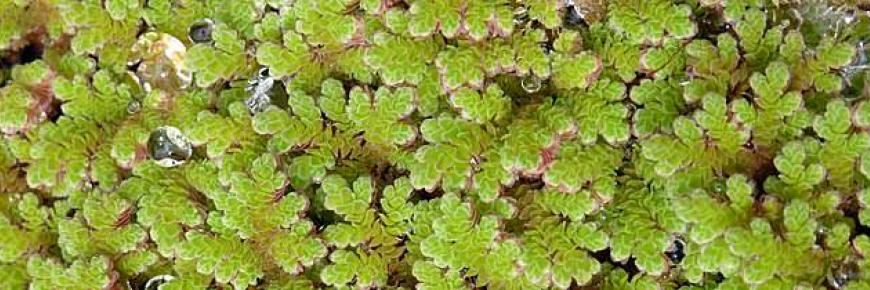Killer Toxic Algae
Listed as one of the top 100 invasive species on the Global Invasive Species Database, Killer Algae is a major cause for concern across the RINSE region, and is already present in three of the four RINSE countries: UK, France and the Netherlands.
The recent Horizon Scanning exercise commissioned by RINSE listed Killer Algae of one of the top 12 worst invasive species already present within the RINSE area. The predicted distribution of Killer Algae across the RINSE countries has been modelled based on its environmental preferences. The darker the colour, the higher the chance of establishment.

What is so killer about Killer Algae?
Killer Algae, Caulerpa taxifolia, invades sub-tidal habitats, rapidly smothering local vegetation and invertebrate colonies. The seaweed can out-compete local alga species but can also inhibit their growth through the release of toxic Caulerpenyne compounds. Killer tactics indeed…..
Economic impacts are largely on the fishing and aquaculture industry, entangling in equipment and smothering fish habitat which eventually reduces catches for commercial fishermen. Furthermore, a study by Meinesz & Hesse (1991) demonstrated that Mediterranean bream (Sarpa salpa), a species capable of eating C. taxifolia, accumulates the toxin within its flesh making the fish unsuitable for human consumption.
Where did it come from?
This invasive marine plant arrived in Europe in 1984 in Monaco where it was cultured in a local aquarium. From here, it is believed a strain of the plant escaped into the wild and rapidly established colonies on the coastlines of Spain, France, Monaco, Italy, Croatia and Tunisia.
The spread of this killer is linked to fishing activity and other marine traffic. The seaweed can attach itself to a variety of rocks as well as artificial substrates such as jetties, pipes and ropes. This ability increases the likelihood of accidental spread by human activity – a killer hitchhiker…
References
B. Gallardo., Zieritz, A., Aldridge. D. C (2013). Targeting and Prioritisation for INS in the RINSE Project Area.CambridgeEnvironmental Consulting – RINSE. Soon to be available from our website.
GBNNSS Website: https://secure.fera.defra.gov.uk/nonnativespecies/home/index.cfm
Photo Credits:
From the RINSE Targeting and Prioritisation report - soon to be available for you to download.

